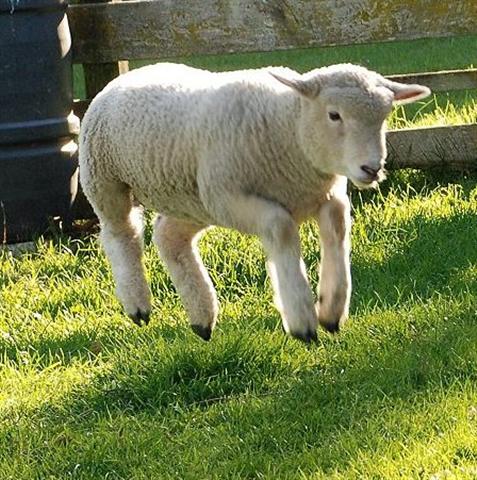I
think the story goes
on to the end of the
7th glyph line,
where the stars
close to the Full
Moon are quite
eloquent:
 |
 |
 |
 |
 |
 |
| Ga7-25 |
Ga7-26 |
Ga7-27 |
Ga7-28 |
Ga7-29 |
Ga7-30 (199) |
|
17h (258.7) |
Mula-19 |
Nodus I (260.0), π Herculis
(260.7), Ras Algethi (260.8) |
Sarin (261.0), ο Ophiuchi
(261.4)
Alrisha
|
ξ Ophiuchi (262.2), θ
Ophiuchi, ν Serpentis, ζ, ι Apodis (262.4), ι Arae (262.8), ρ Herculis
(262.9) |
β, γ Arae (263.3), κ Arae
(263.5), σ Ophiuchi (263.6) |
|
no star listed (258) |
Sabik (259.7),
η SCORPII (259.9) |
|
Ko Korˇ
4 |
5 |
6 (340) |
7 |
8 |
9 |
|
║November
30 |
║December
1 |
2 (*256) |
3 |
4 |
5 |
|
'November
7 |
8 |
9 |
10 |
11 |
12 (*236) |
|
'Ko Ruti
7 |
8 |
9 |
10 (314) |
11 |
12 |
|
"October
24 |
25 |
26 |
27 |
28 |
29 (*222) |
|
Haedus II
(75.9) |
5h (76.1) |
μ Leporis, μ Aurigae (77.6) |
ĸ Leporis (78.0), Rigel (78.1), Flaming Star (78.2), Capella (78.4),
ο Columbae, τ Orionis (78.8)
Thuban
|
λ Aurigae (79.0), λ Leporis (79.6), ρ
Aurigae (79.7)
Arcturus
|
σ Aurigae (80.4), Bellatrix, Saif al Jabbar
(80.7), Elnath (80.9) |
| ε Leporis
(76.0), Cursa (76.4), λ Eridani (76.7) |
|
He Maro
4 |
5 |
6 |
7 |
8 |
9 (160) |
|
║June
1 |
2 |
3 (*73) |
4 |
5 |
6 |
|
'May
8 |
9 |
10 (*50) |
11 |
12 |
13 |
|
'Vaitu
Potu 8 |
9 |
10 (130) |
11 |
12 |
13 |
|
"April
24 |
25 |
26 (*36) |
27 |
28 |
29 |
 |
 |
 |
|
 |
| Ga7-31 (200) |
Ga7-32 |
Ga7-33 |
Ga7-34 |
| Lesath, δ Arae (264.7), Choo (264.9) |
Alwaid, Maasym (265.1), Shaula (265.3), Kuma (265.6), σ Arae (265.9) Hamal
|
Ras Alhague (266.1), Sargas (266.3), μ Ophiuchi, π Arae (266.5), Nan Hae (266.6), ι Herculis (266.7) |
λ Arae (267.1), Girtab, ο Serpentis (267.6) |
|
Ko Korˇ
10 |
11 (345) |
12 |
13 |
|
║December
6 (*260) |
7 |
8 |
9 |
|
'November
13 |
14 |
15 |
16 (*240) |
| 'Ko Ruti 13 |
14 |
15 |
16 (320) |
|
"October
30 |
31 |
"November 1 |
2 (*226) |
| ψ Orionis (81.1), Nihal (81.7) |
Mintaka, υ Orionis (82.4), χ Aurigae (82.5), ε Columbae (82.6) |
Al Hak'ah-3 / Mrigashīrsha-5 / Turtle-20 |
Three Stars-21 / ANA-IVA (7) |
| Arneb, Crab Nebula (83.0, φ╣ Orionis (83.1), HEKA, Orion Nebula (83.2), φ▓ Orionis (83.6), Alnilam (83.7) |
Heavenly Gate, ν Columbae (84.0), ω Orionis (84.2), ALNITAK, PHAKT (Phaet) (84.7) |
|
He Maro
10 |
11 |
12 (163) |
13 |
|
║June
7 |
8 |
9 |
10 (*80) |
|
'May
14 |
15 |
16 (*56) |
17 |
|
'Vaitu
Potu 14 |
15 |
16 (136) |
17 |
|
"April
30 |
"May 1 |
2 (*42) |
3 |
In
rongorongo
times
Hamal
(α
Arietis)
culminated
at
midnight in RA
day 265
and
possibly
it meant
the northern
spring
was
ending
here.

Close to
the Full
Moon
were the
Heavenly
Gate and
the Dove
of Noah
(the 7th
Tahitian
star
pillar)
- flying
south:

Columba
has 3 stars in her green
branch, with a 4th at
her right eye. When the
Sun reached the end of
his term north of the
equator, the night sky
had proof of returning
life - to the southern
hemisphere.
Hau
tea at Ca7-28, at
heliacal Alrisha (the
Knot of Pisces), has a
narrow vertical band of
light at right -
suggesting winter ahead.
But in Polynesia they
saw Rigel high up in
Orion as a star of
spring:

|






